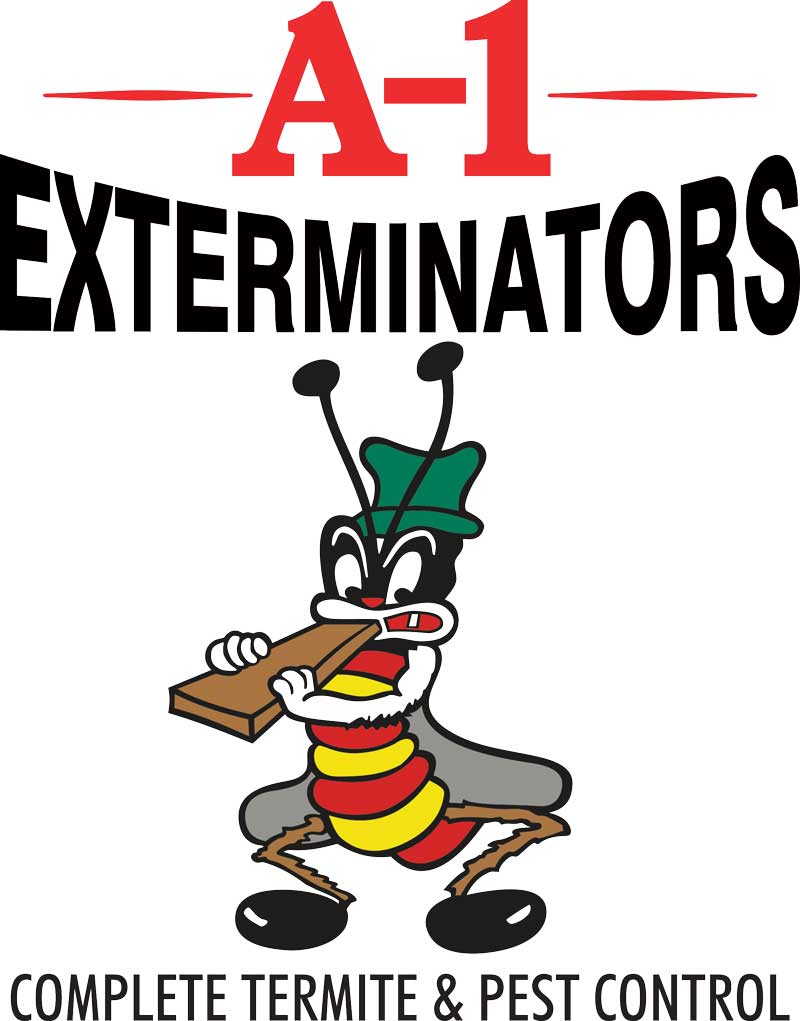Wood Destroying Insects & Termite Treatments
Drywood termites:
Drywood termites live in dry wood and do not require contact with the soil to survive. They typically infest dry, sound wood such as your home’s structural lumber, dead tree limbs, utility poles, decks, fences, stored lumber, and furniture. From these infested wood sources, winged termites periodically swarm to reproduce and infest nearby wood. Most drywood termite nests remain entirely above ground and do not connect to the soil.
The recommended treatments we offer include whole-structure fumigations or localized spot treatments for homeowners.
Subterranean termites:
Subterranean termites can cause more damage than any other termite species. These termites build distinctive tunnels, often called “mud tubes,” to access food sources while protecting themselves from exposure to open air. They feed on wood continuously, using their saw-toothed jaws to bite off small fragments one piece at a time. Over time, subterranean termites can cause critical structural damage. Regular inspections every few years are highly recommended.
The recommended treatment is a chemical soil application around the structure, tailored to the location and extent of the infestation.
Powderpost beetles:
Powderpost beetles are several species of small insects (1/8 to 3/4 inch long) that reduce wood to a flour-like powder. The developing grub-like larvae cause damage by creating narrow, meandering tunnels beneath the wood surface as they feed. Both tunneling and larval development occur entirely below the wood surface.
Powderpost beetles, in particular, require high moisture levels to survive. We often see extensive damage in subareas with poor air circulation.
Recommended treatments for powderpost beetles vary depending on the structure and severity of the infestation.
WDO INSPECTIONS
We are licensed by the Structural Pest Control Board (SPCB) to perform Wood-Destroying Organism (WDO) inspections for real estate transactions, refinancing, or routine peace of mind.
Our reports identify visible signs of termites, fungus, dry rot, and other wood-damaging pests or conditions, and include clear notations of Section 1 (active issues) and Section 2 (conditions likely to lead to issues) findings.
Each inspection includes a visual assessment of the exterior, interior, attic (if accessible), and subarea or crawlspace (when accessible), as well as checking for leaks by running water through sinks and fixtures.
Reports are typically completed within 48–72 hours.
NPMA-33 forms, often required for VA or FHA loans, are available upon request for an additional fee.
Call our experts today for more information about our termite services today
(209) 333-3311.
We Offer Free Fumigation Estimates
Send us a message below with more information and we will get back to you:






